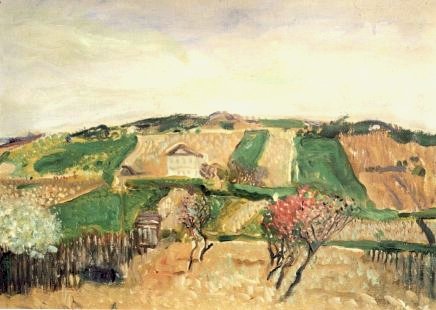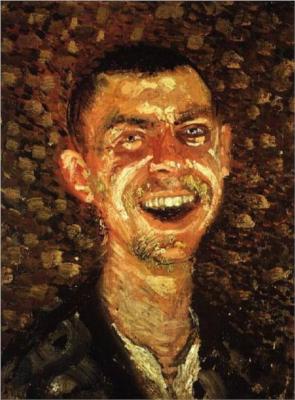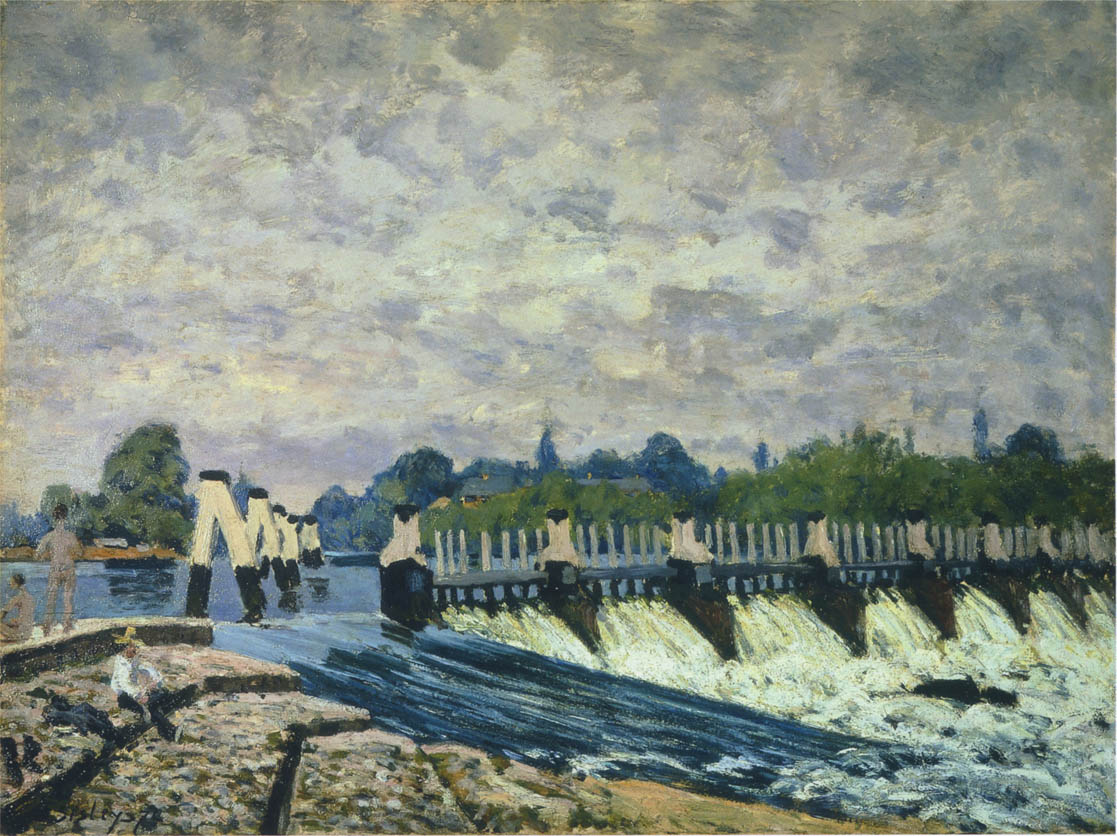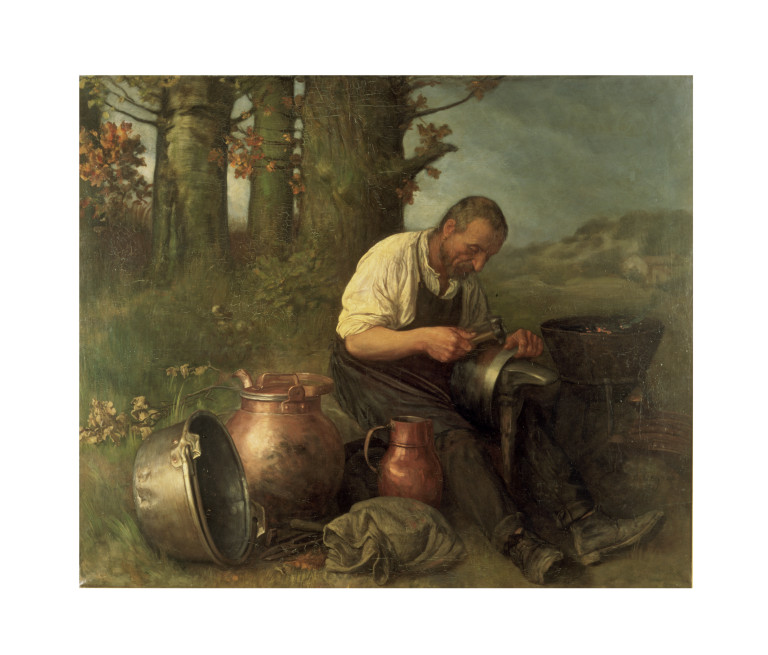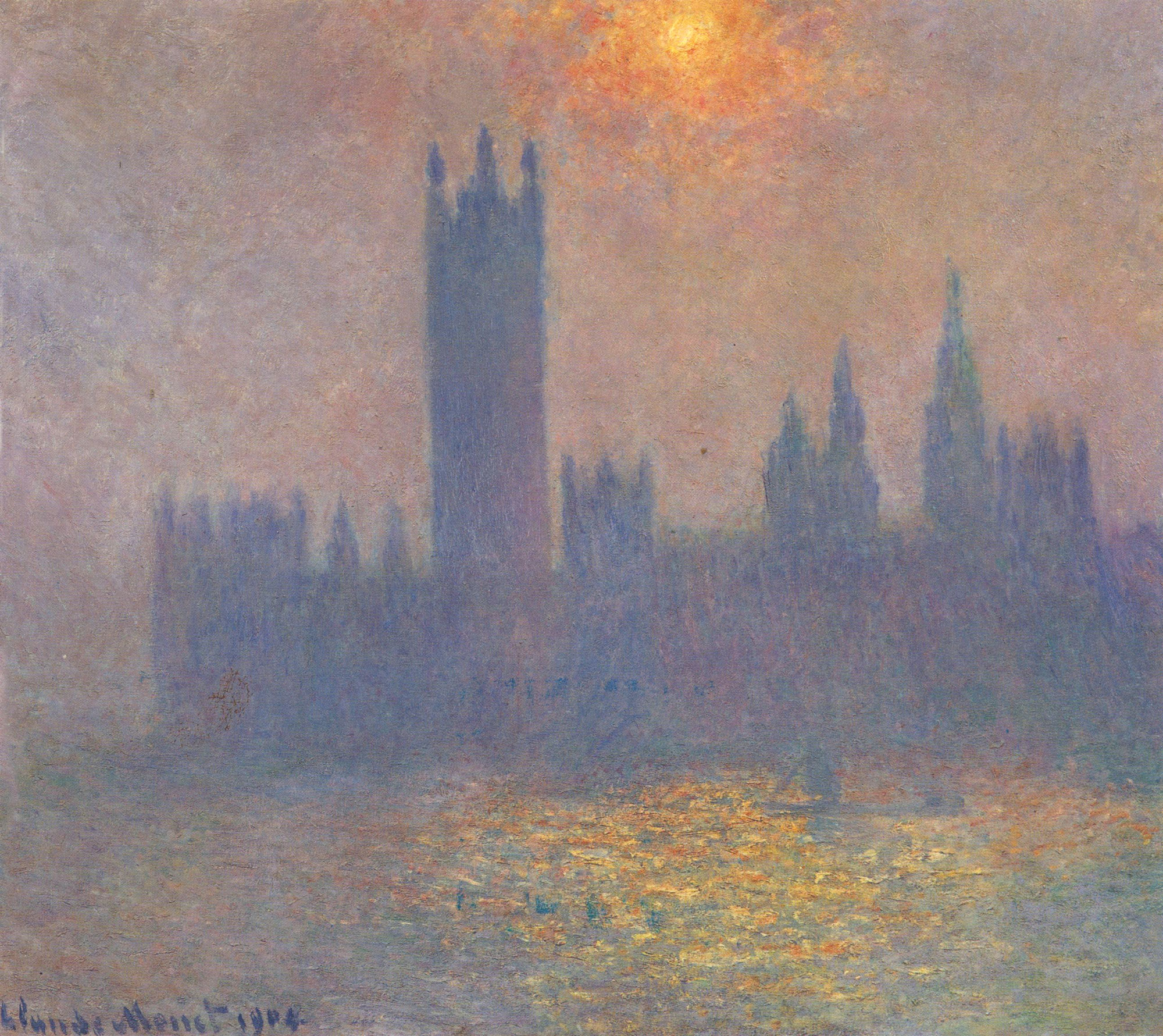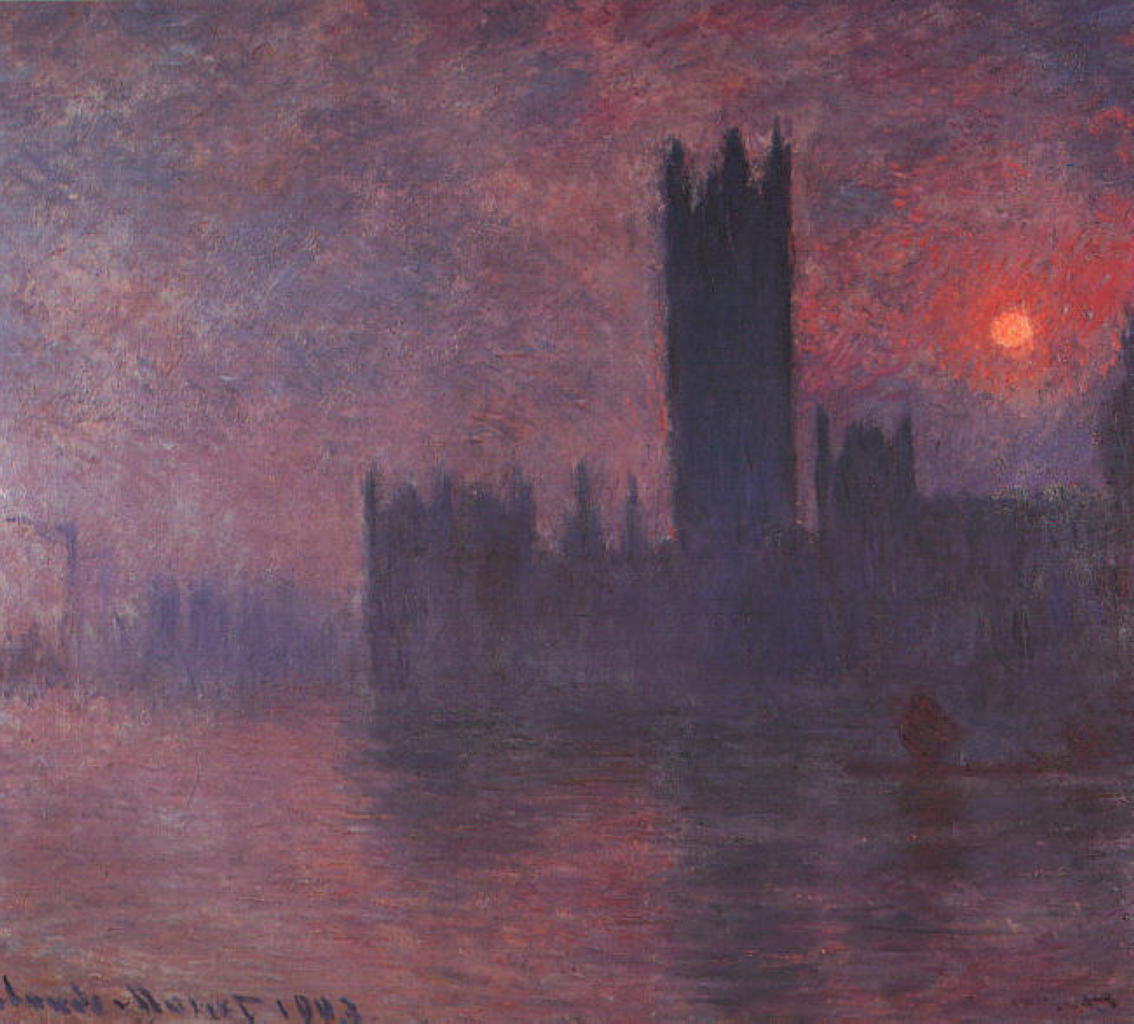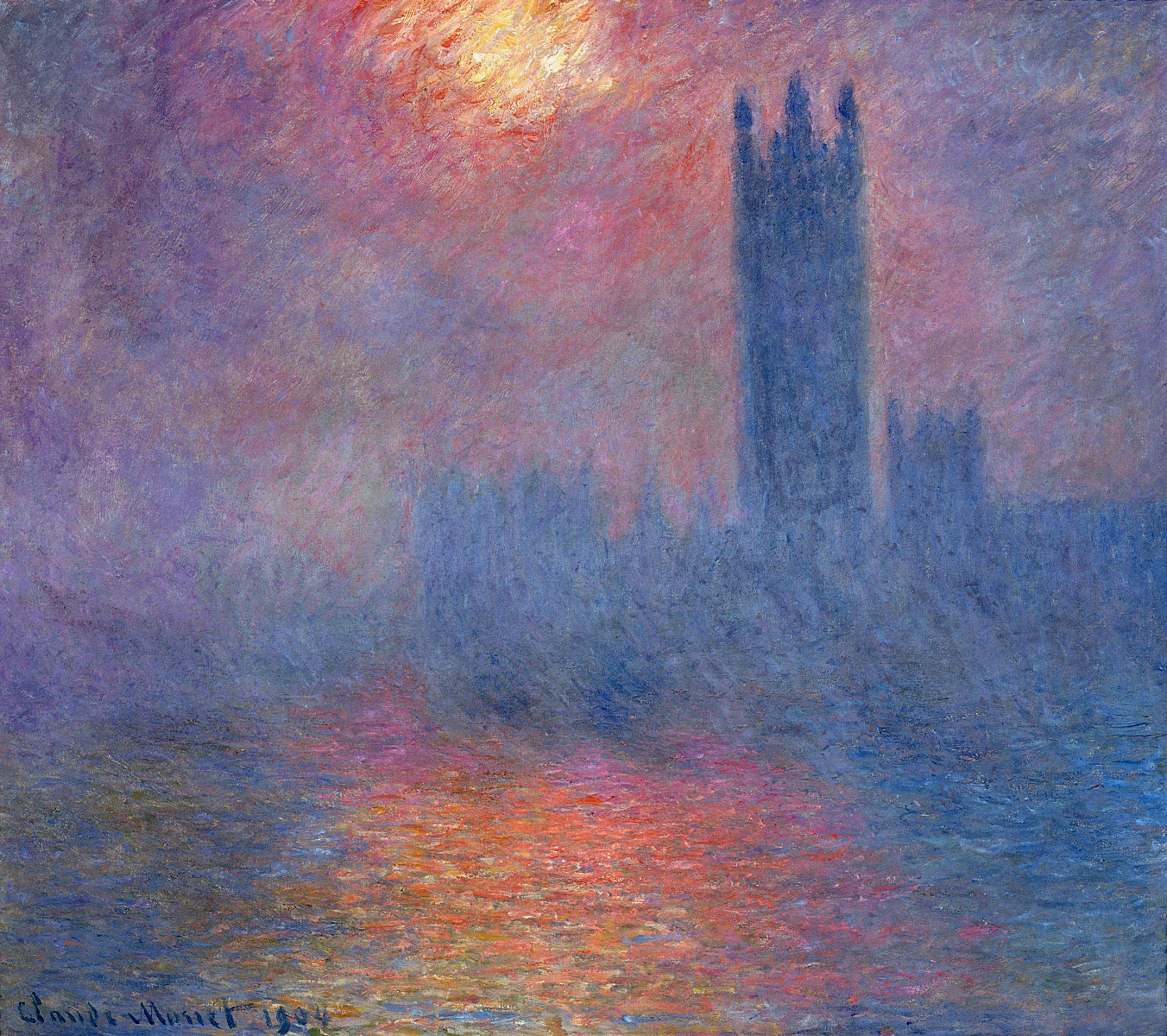Tate Liverpool
Until 15 Oct 2017
Tate Liverpool presents the faces of Germany between the two World Wars seen through the eyes of painter Otto Dix (1891–1969) and photographer August Sander (1876–1964). Portraying a Nation: Germany 1919–1933 brings together two artists whose works document the glamour and misery of the Weimar Republic, a time of radical extremes and political and economic upheaval.
Portraying a Nation, which exhibits Dix and Sander as a
pair for the first time, reflects a pivotal point in Germany’s history,
as it introduced democratic rule in the aftermath of the First World
War. The period was one of experimentation and innovation across the
visual arts, during which both artists were concerned with representing
the extremes of society, from the flourishing cabaret culture to intense
poverty and civilian rebellions.
Featuring more than 300 paintings, drawings, prints and
photographs, Portraying a Nation unites two complementary exhibitions.
Otto Dix: The Evil Eye explores Dix’s harshly realistic depictions of
German society and the brutality of war, while ARTIST ROOMS: August
Sander presents photographs from Sander’s best known series People of
the Twentieth Century, from the ARTIST ROOMS collection of international
modern and contemporary art.
The exhibition focuses on the evolution of Dix’s work
during his years in Düsseldorf, from 1922 to 1925, when he became one of
the foremost New Objectivity painters, a movement exploring a new
style of artistic representation following the First World War.
Dix’s paintings are vitriolic reflections on German society, commenting on the country’s stark divisions. His work represents the people who made up these contradictions in society with highlights including
Otto Dix, 1891–1969
Hugo Erfurth with Dog 1926
(Bildnis des Fotografen Hugo Erfurth mit Hund) 1926
Tempera and oil paint on panel
800 x 1000 mm
Museo Thyssen-Bornemisza, Madrid
© DACS 2017. Museo Thyssen-Bornemisza, Madrid.
Portrait of the Photographer Hugo Erfurth with Dog 1923,
Otto Dix, 1891-1969
Self-Portrait with Easel 1926
(Selbstbildnis mit Staffelei) 1926
800 x 550 mm
Leopold-Hoesch-Museum & Papiermuseum, Düren
© DACS 2017. Leopold-Hoesch-Museum & Papiermuseum Düren. Photo: Peter Hinschläger.
Self-Portrait with Easel 1926
(Selbstbildnis mit Staffelei) 1926
800 x 550 mm
Leopold-Hoesch-Museum & Papiermuseum, Düren
© DACS 2017. Leopold-Hoesch-Museum & Papiermuseum Düren. Photo: Peter Hinschläger.
Self-Portrait with Easel 1926,
as well as a large group of lesser known watercolours.
Buried Alive
Gas Victims
Soldier's grave between the lines
Wounded Soldier
Machine Gunners Advancing
Mealtime in the Trenches
Dix’s The War 1924 will also form a key element of the exhibition, a series of 50 etchings made as a reaction to and representation of the profound effect of his personal experiences of fighting in the First World War.
Portraying a Nation: Germany 1919–1933 is made up of Otto
Dix: The Evil Eye, Kunstsammlung Nordrhein-Westfalen, Düsseldorf.
Otto Dix: The Evil Eye is curated by Dr Susanne
Meyer-Büser, Kunstsammlung Nordrhein-Westfalen, Düsseldorf, Francesco
Manacorda, Artistic Director and Lauren Barnes, Assistant Curator, Tate
Liverpool.
ensure that all works that are provided are shown in full,
with no overprinting or manipulation.
Otto Dix, 1891-1969
Argentinian Venomous Scorpion 1922
(Argentinischer Gift-Skorpion) 1922
Graphite on found paper
134 x 217 mm
Galerie Remmert und Barth, Düsseldorf
© DACS 2017. Galerie Remmert und Barth, Düsseldorf.
Argentinian Venomous Scorpion 1922
(Argentinischer Gift-Skorpion) 1922
Graphite on found paper
134 x 217 mm
Galerie Remmert und Barth, Düsseldorf
© DACS 2017. Galerie Remmert und Barth, Düsseldorf.
Otto Dix, 1891-1969
Giant Snake 1922
(Riesenschlange) 1922
Graphite on found paper
135 x 217 mm
Galerie Remmert und Barth, Düsseldorf
© DACS 2017. Galerie Remmert und Barth, Düsseldorf.
Giant Snake 1922
(Riesenschlange) 1922
Graphite on found paper
135 x 217 mm
Galerie Remmert und Barth, Düsseldorf
© DACS 2017. Galerie Remmert und Barth, Düsseldorf.
Vulture Skull 1922
(Totenkopfgeier) 1922
Graphite on found paper
217 x 135 mm
Galerie Remmert und Barth, Düsseldorf
© DACS 2017. Galerie Remmert und Barth, Düsseldorf.




